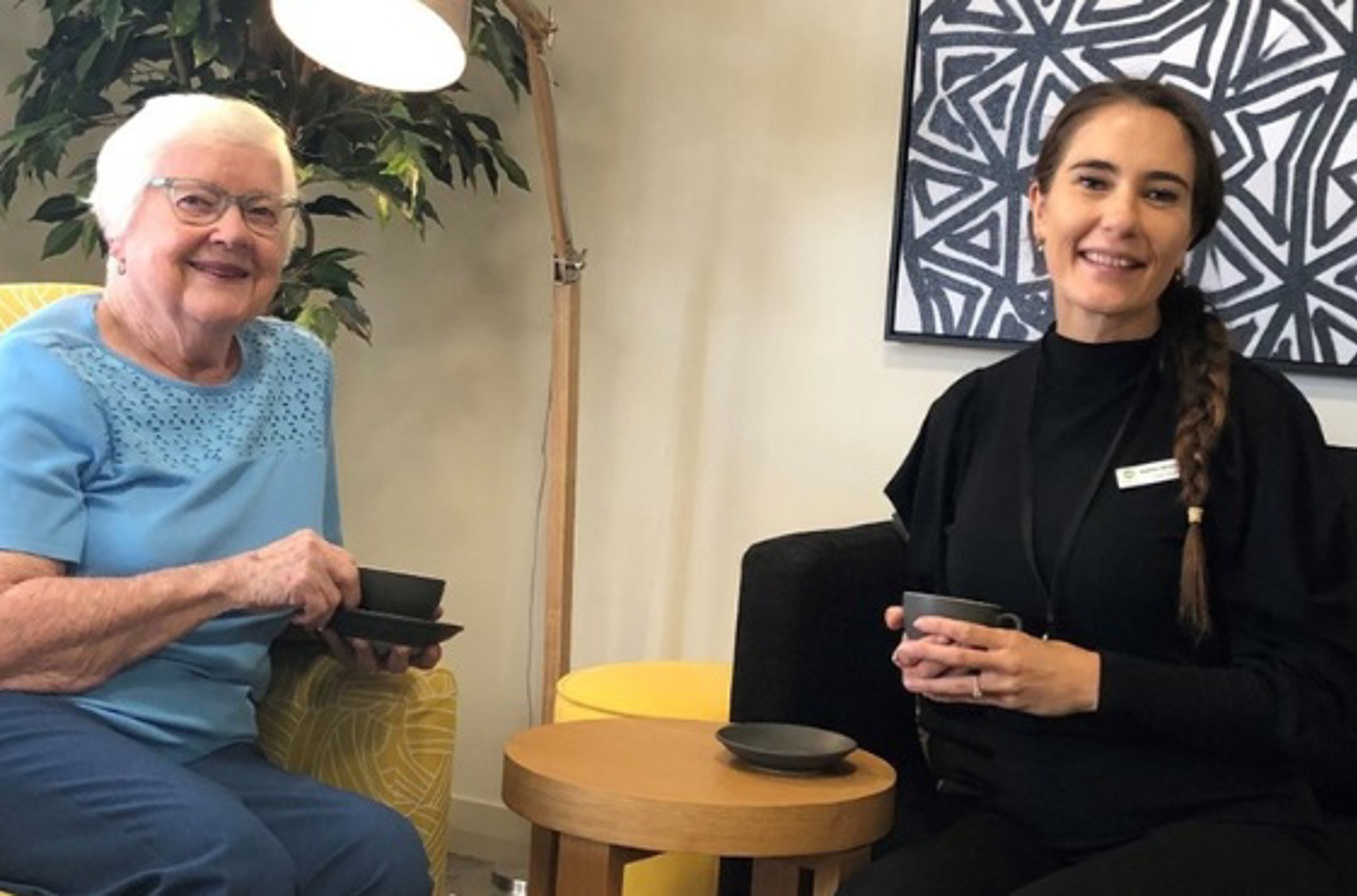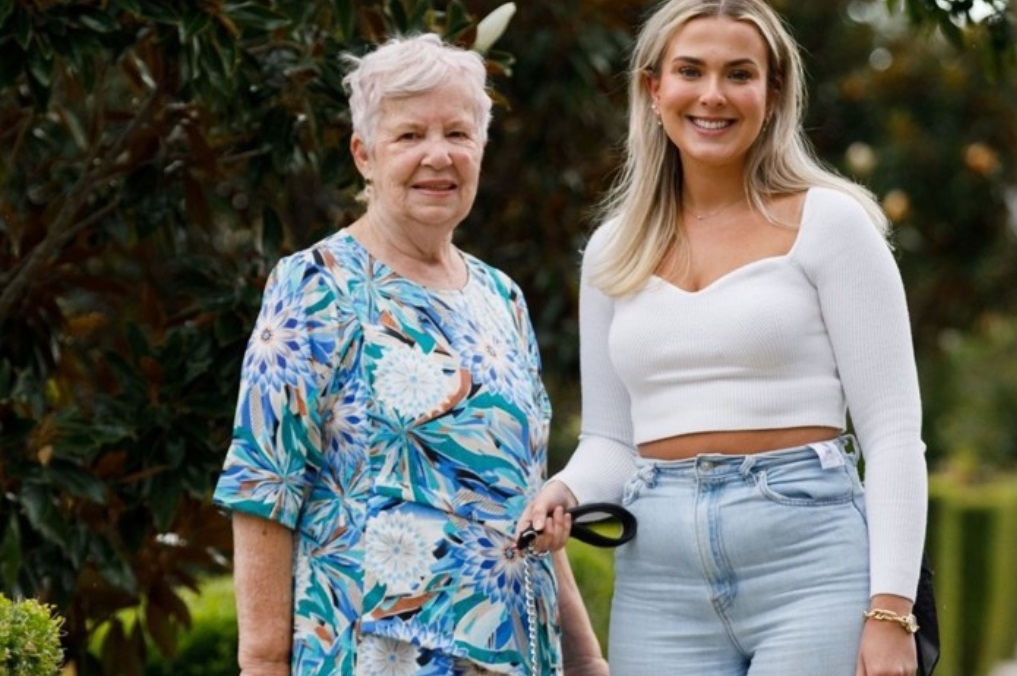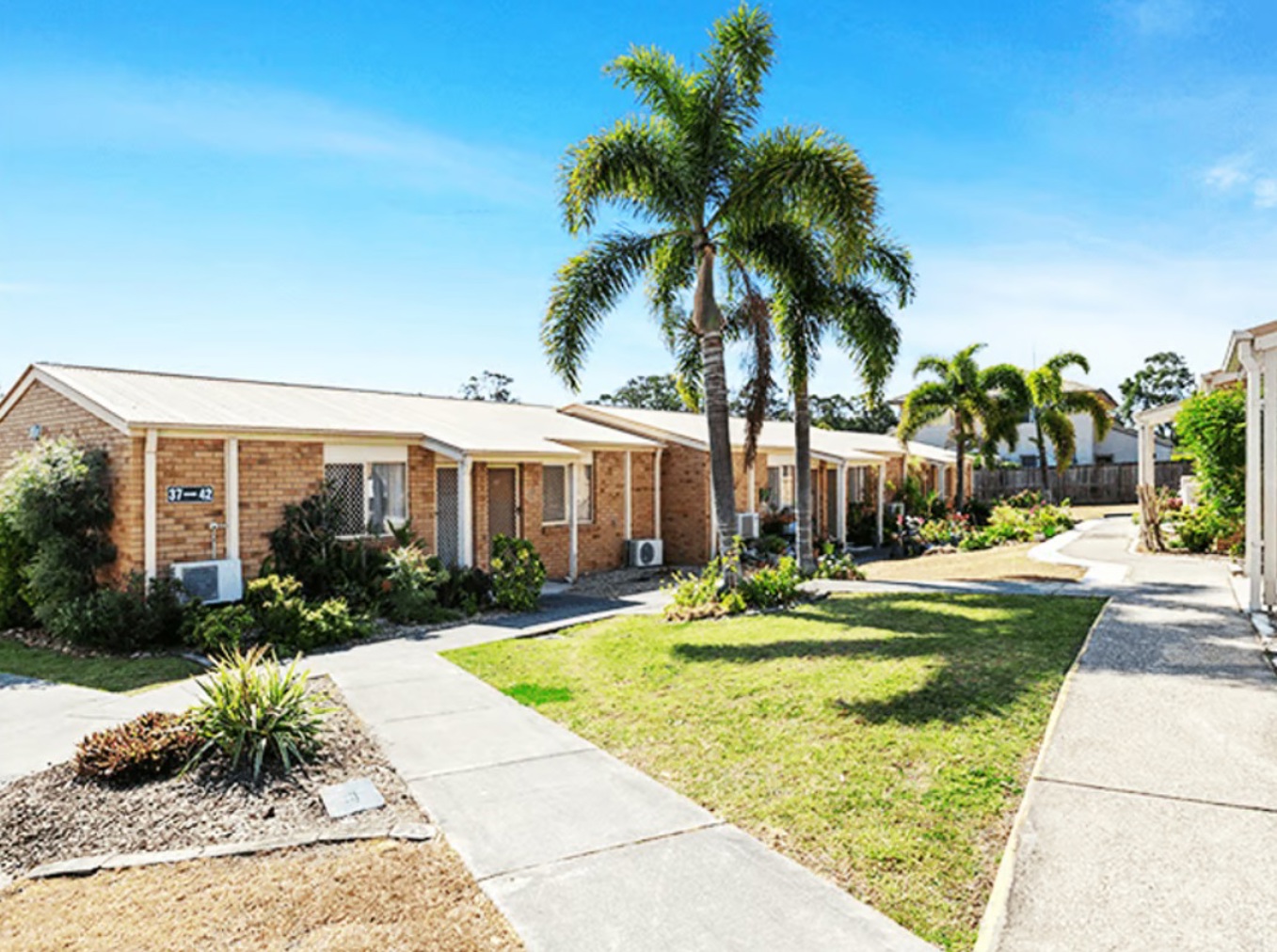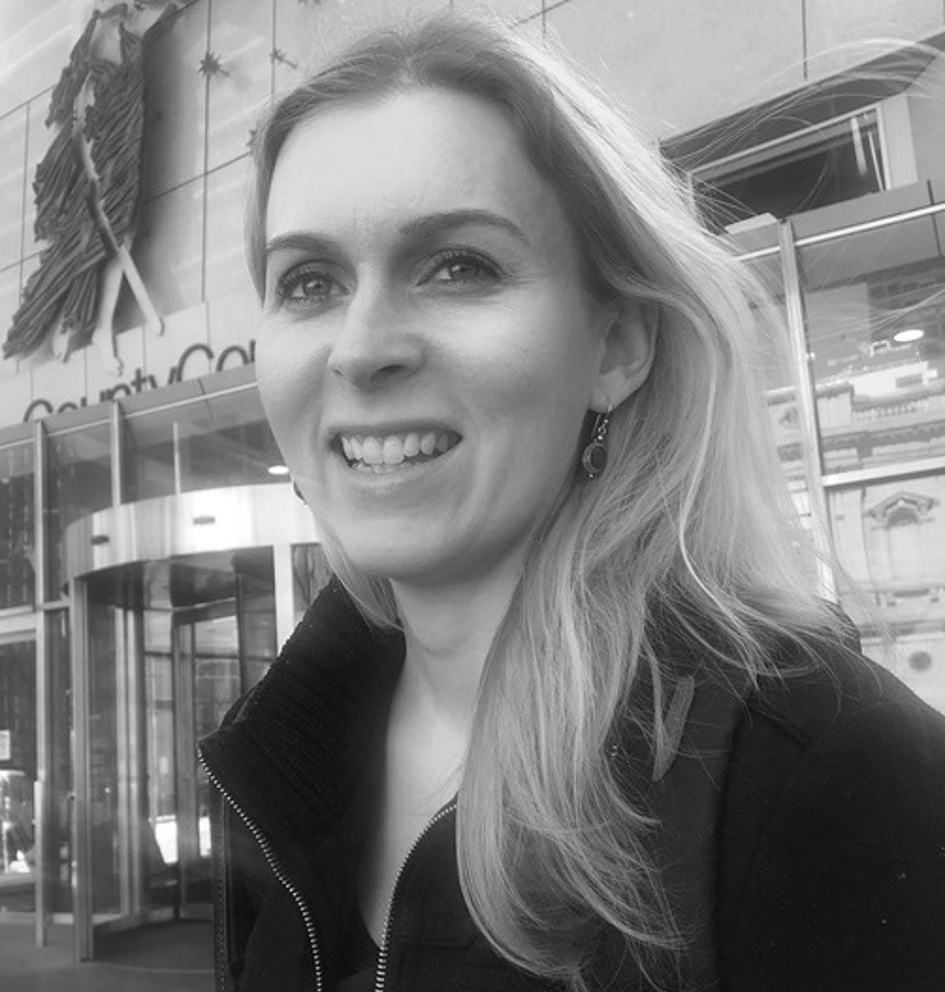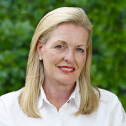Co-located villages are retirement villages that have an aged care home (nursing home) either attached to it or on the same campus or block of land.
Historically this model has been shunned by both customers and operators, each with the view that residents of villages would find it depressing to have to face their own potential mortality each day.
In recent times however retirement villages have moved from being a resort lifestyle housing choice to a supportive ageing in place with care services model, with residents being slightly older when they join. Having an aged care home (nursing home) attached to the village is increasingly desirable.
This is particularly the case with couples where one person may need to transition into an aged care home (nursing home); being in a co-located village means that both partners are close by.
Co-located villages are not common. Roughly 10% of villages have a co-located aged care home (nursing home).
Most are operated by not-for-profit organisations. Few private operated villages have co-located aged care homes (nursing homes).
It is important to understand that retirement villages operate under state legislation that is ‘property focused’ while aged care homes (nursing homes) operate under federal legislation which is ‘medical support focused’ and largely government funded.
This means that if you are a resident of a retirement village that has a co-located aged care home (nursing home) you are not guaranteed an automatic placement in the government funded aged care home (nursing home). You have to make a separate application.
This means that if you are a resident of a retirement village that has a co-located aged care home (nursing home) you are not guaranteed an automatic placement in the government funded aged care home (nursing home). You have to make a separate application.
Finance and contracts
There is no difference in the finances and contract for a village resident in a co-located village compared to a standard village.
